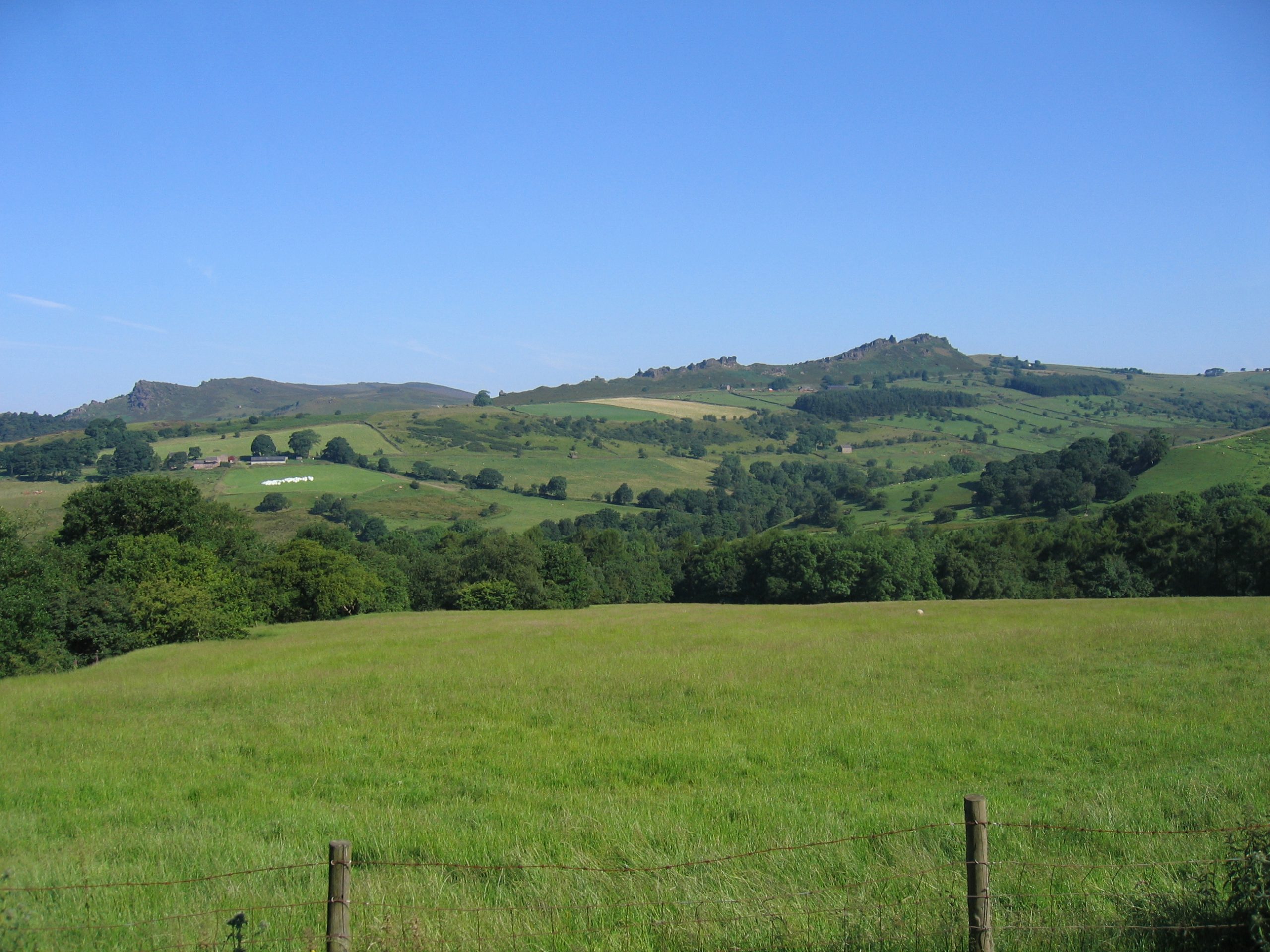Urban residents more satisfied with local area than country dwellers
Those living in built up areas are more satisfied with their surroundings than those who live in rural areas, according to new research which suggests the more rural an area becomes, the less happy its residents are.
New research from Demos, commissioned by Legal & General, maps people’s satisfaction with their local areas across the country.
- It finds that despite a strongly stated desire for green space and nature, built up areas see the highest level of Place Satisfaction, while rural areas typically see poorer satisfaction levels.
- Locations in London top the list, while eastern coastal areas of England, and South West Wales come out at the bottom.
- Demos is recommending that an innovative Place Satisfaction Index should be adopted across Government to inform ‘levelling-up’ policy making.
- Demos and L&G have launched a microsite that provides data for every constituency on place satisfaction, and the elements of place that matter most to people locally.
Cross-party think tank Demos and Legal & General announce the launch of a ground-breaking Place Satisfaction Index, offering key insights to the Government as it begins to tackle regional inequality.
The new research, which surveyed a nationally representative poll of 20,000 adults, captures how satisfied people are with their local areas by measuring people’s priorities against how they rate actual provision, on issues linked to the practical necessities of daily life such as housing, transport, internet access and shopping.
According to the findings, places in London, Scotland, the West Midlands and the North of England rate the highest on the Index as the country’s most satisfied residents. Despite a stated desire for access to green space and nature, these more built up commuter and ‘affluent’ towns see the highest Place Satisfaction, with ‘good local shops’ topping the list of local priorities.
Rural areas, on the other hand, typically see poorer satisfaction, with lack of quality transport a particular problem. Residents who are negative about their place are more likely to live in less-built up areas and less likely to be working full-time.
The constituencies that rank in the top 5 of the Index are:
Hackney North & Stoke Newington
Islington North
Islington South and Finsbury
Hackney South and Shoreditch
Streatham
The constituencies that rank in the bottom 5 of the Index are:
Sittingbourne and Sheppey
Ealing North
Hemsworth
North East Cambridgeshire
Gravesham
The new report, Everyday Places, recommends a number of measures that would help the Government regenerate local areas, including recognising the important role of shops in building a sense of ‘place’ and rethinking the role of suburbs for 21st century living. Demos is also calling on the Government to adopt a similar approach to measure people’s satisfaction of the places they live, in order to inform policy making in this area.
Demos and Legal & General is launching a microsite to explore how satisfied every constituency in Britain is about their local place and to highlight the elements of place that matter most to local people. Regional results can be accessed here: places.demos.co.uk
Kitty Ussher, Chief Economic Advisor at Demos and co-author of the report, said: “The places we live shape so much of what we do and how we live our lives, even more so during the last year. But up until now, it’s often been unclear how people’s priorities compare to their views on the quality of provision in their local area. The Place Satisfaction Index that lies at the heart of this research is an innovative public policy experiment where we not only see this for the first time, but can explore how it differs across so many different places across the country.
“The Index shows that some locations are better than others in meeting people’s routine needs and priorities. In particular it shows the importance of good quality shops and access to fresh air and nature in our daily lives. We also unearth, as part of this, that the suburbs built for twentieth-century living may no longer be providing what people now say they want. Additionally, for some, inadequate public transport contributes to a sense of being ‘stuck’ in a place that doesn’t work for them.
“As the Government considers how best to deploy the £4bn levelling-up fund in England, it should take notice of these results and use our granular location-based data to help create stronger locations across the country in support of everyday British life.”
Nigel Wilson, CEO of Legal & General, added: “COVID-19 has driven major change to people’s lives and global economies. Our health, happiness and priorities around what we need from our communities have been challenged. To ensure inequality is not exacerbated; we need insight at a national, regional and local level.
“Much like our recent Rebuilding Britain Index, this work is another important piece of a complex jigsaw which helps us understand how people would like to see their communities – and especially their built environment and amenities – develop in future. New evidence-based thinking around retail, suburbs and green space is very valuable if we are to successfully build back better and move all local satisfaction levels upwards.
“Legal & General’s commitment to inclusive capitalism means we have already invested over £1.5bn since the start of the pandemic to drive forward change in regional economies, with a focus on reviving town centres and delivering quality affordable housing, transport and digital infrastructure, whilst mitigating climate change.”
The report also finds that:
- The average place satisfaction index value for the entire population of Great Britain was +26 on a scale of -100 to +100.
- Satisfaction decreases as locations become more rural.
- The experience of people living in city suburbs is the closest to the national average.
- Residents of urban centres share more in common with each other regardless of whether they live in towns or cities, and residents of suburbs share more in common with each other regardless of whether they live on the outskirts of towns or cities.
Source: Show House News












